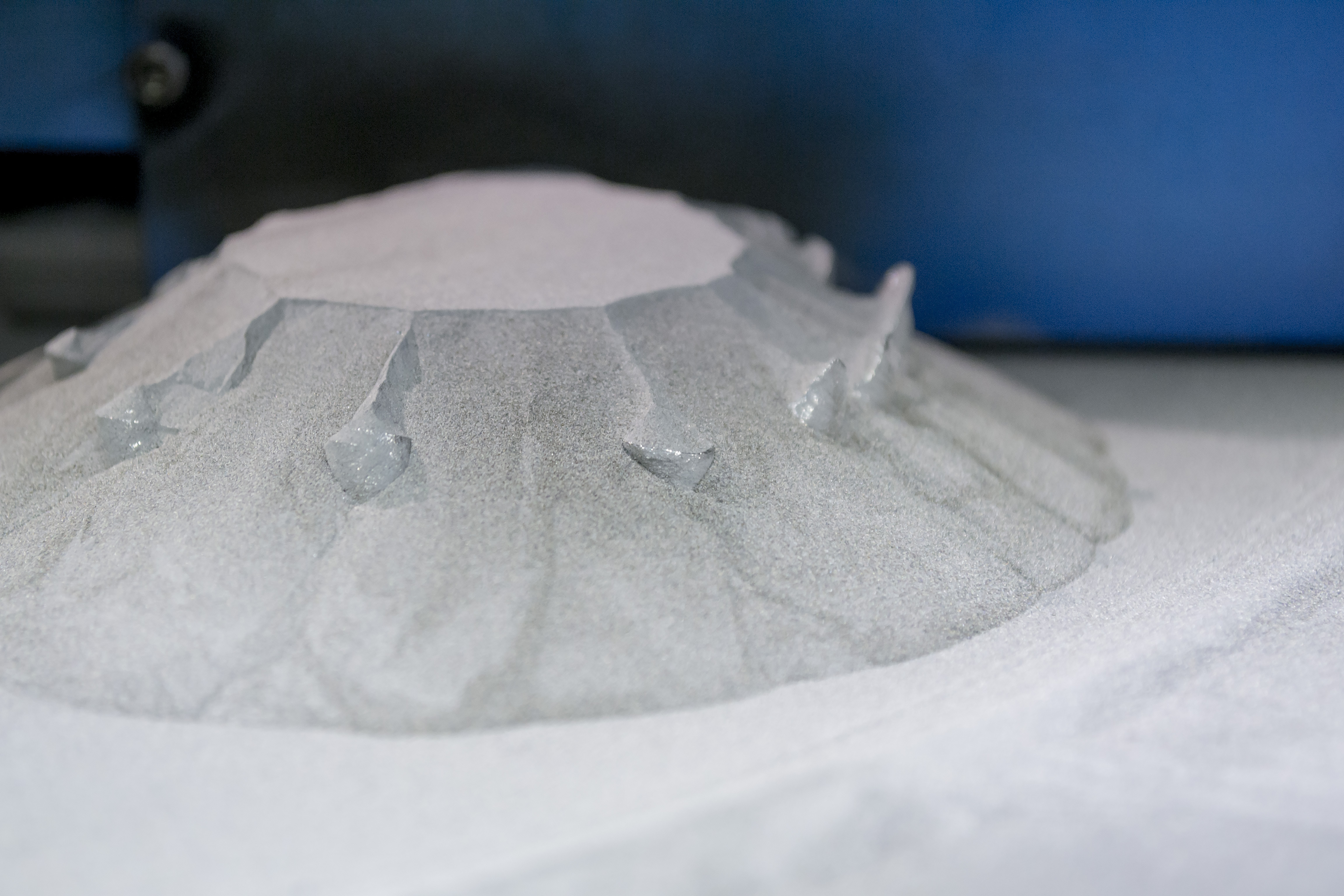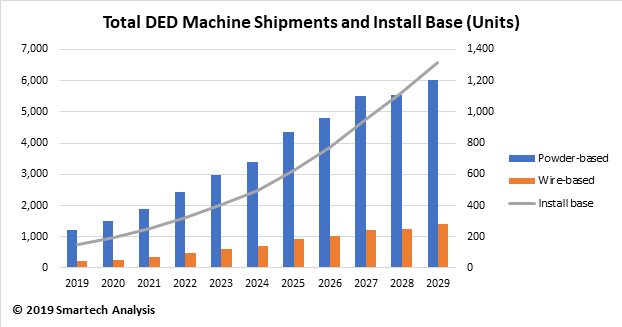The consolidation of dental laboratories and dental practices alike has been one of the biggest multi-year trends in dental care worldwide over the past several years. An integral component on the laboratory side of this trend has been the adoption of digital processes which have put pressure on the classical dental technician artisanship using analog fabrication methods for dental devices, meaning that the high number of historically small labs with just a few technicians struggle to compete with larger labs who are leveraging digital techniques. Of course, small labs have had success in adopting lower cost dental print technologies, but on the whole often these smaller businesses don’t have the purchasing power of larger labs for cutting edge dental equipment. Meanwhile, to a lesser degree, adoption of digital milling technologies for ‘chairside’ or ‘point of care’ dental device fabrication have laid a foundation for a potential dental industry shift affecting the dental lab’s role.
Meanwhile, dental offices and clinics are also being consolidated through the rise in corporate dentistry or chain dentistry. With larger corporate networks of clinics, or a rise of multi-doctor single practices, the clinical side is also shifting to become a prime target for integration of dental 3D printing technologies as they increase capital purchasing budgets across larger organizations, and increase the attractiveness of producing some dental devices directly in-house.
SmarTech Analysis anticipates a future of dental care in which 3D printing technologies are at the center of the industry, producing the vast majority of dental devices and restorations, in an increasingly distributed manner and increasingly closer to the point of care. This same trend –producing parts closer to the point of use –is an unstoppable, yet slow moving, trend in additive manufacturing in the age of Industry 4.0.
For the dental laboratory, don’t worry. You won’t go out of business because all your dental clients will eventually be producing everything themselves in their clinics or offices. But you will likely have to think about your business model differently, because a greater share of device production will move in-house thanks to the increasing capabilities of 3D printing technology. As a result, labs of the future may need to shift their business focus to becoming enablers of 3D printing in the office by providing efficient, effective dental device design services, and providing clinical groups better support for their 3D printing operations by providing overflow capacity, training services, and more.
Written by:
Scott Dunham, Vice President of Research
Contact: scott@smartechpublishing.com





